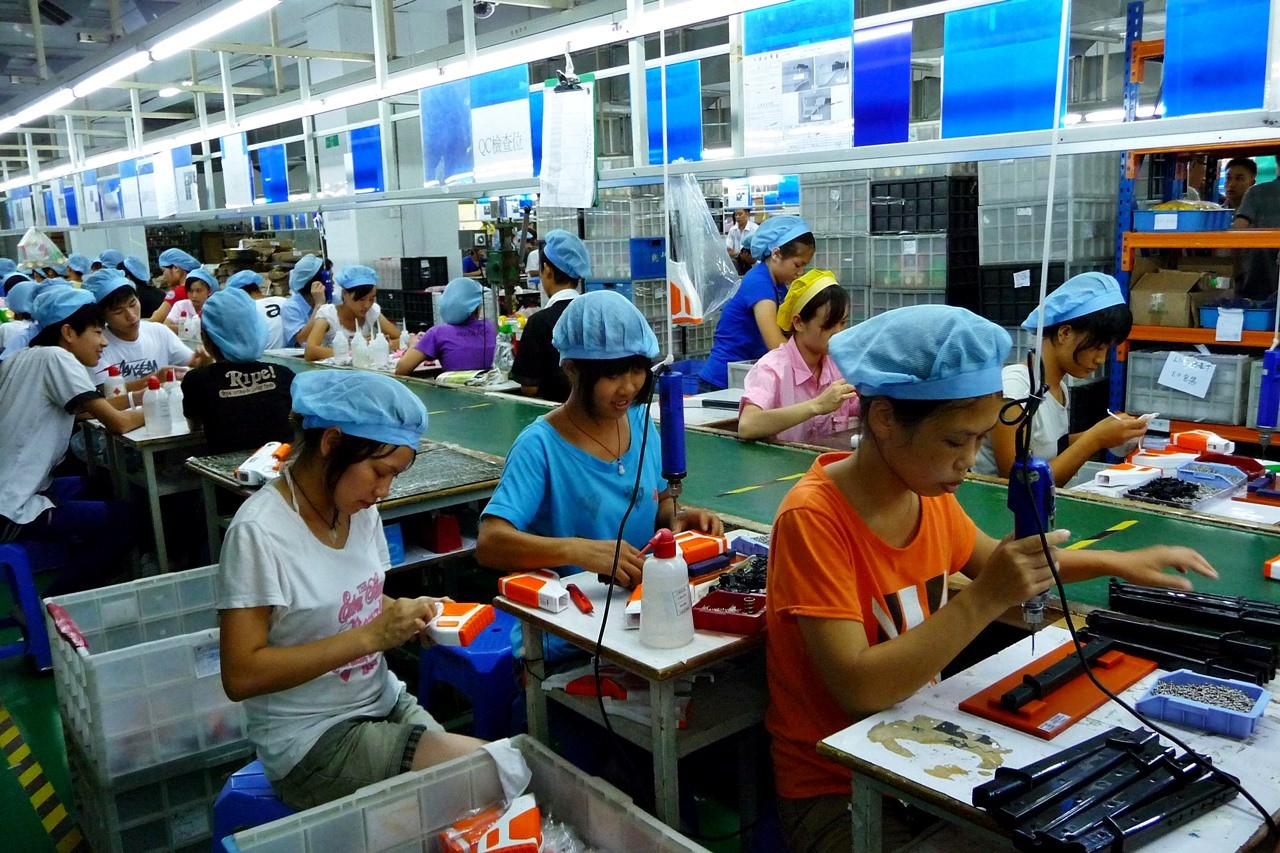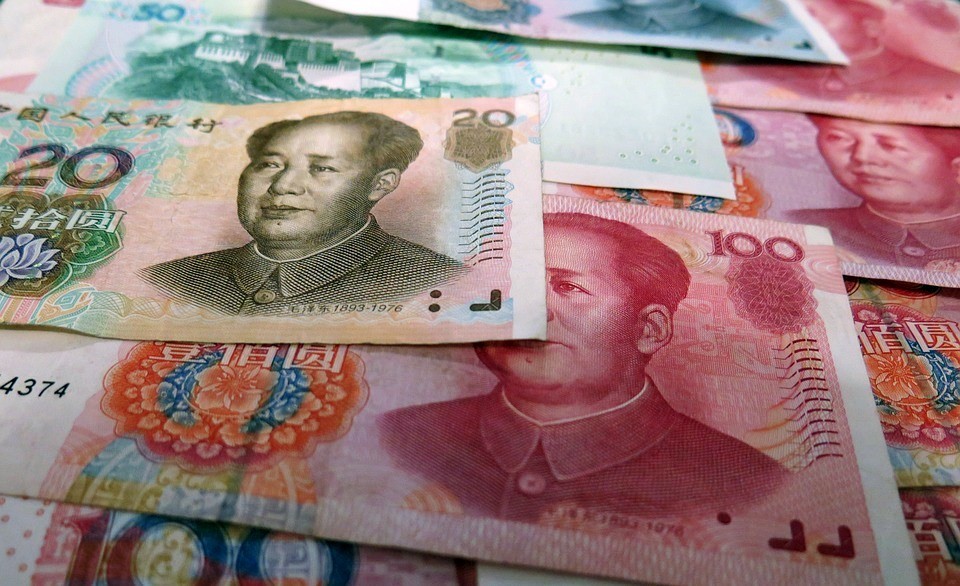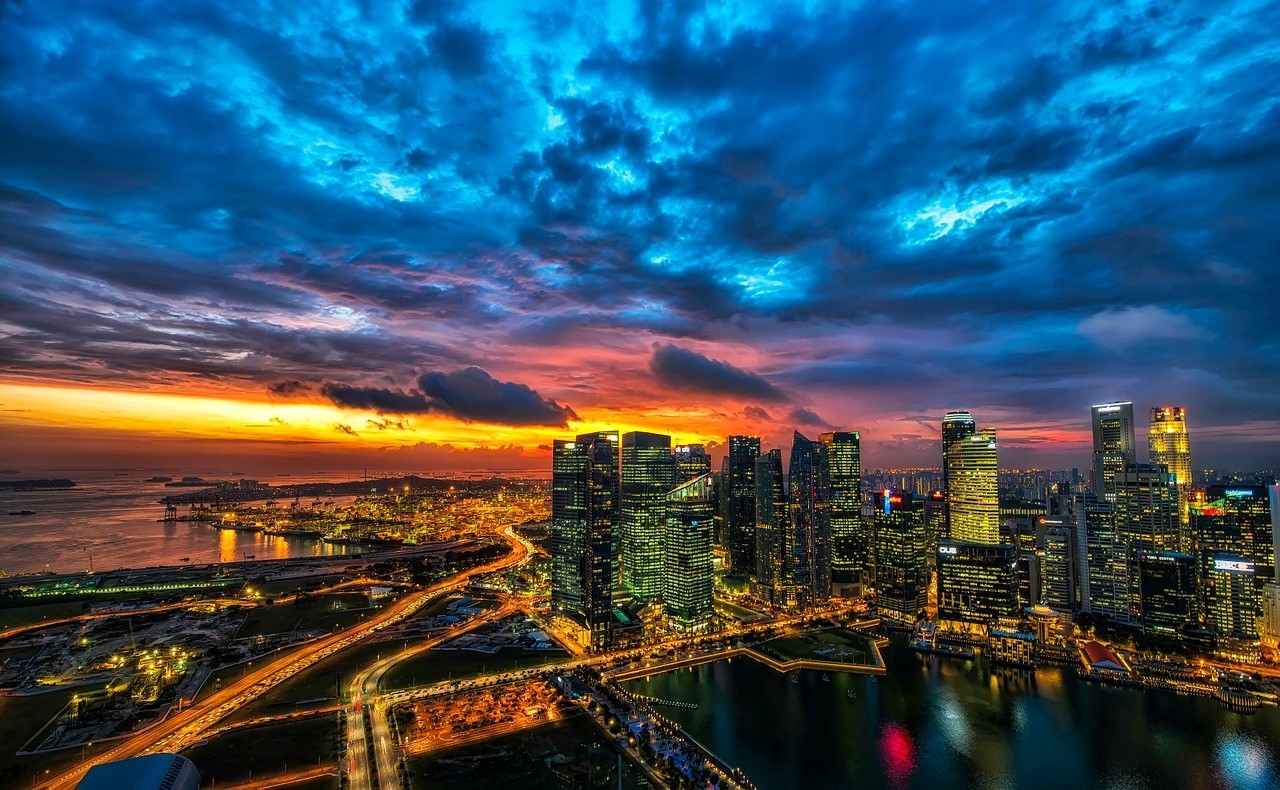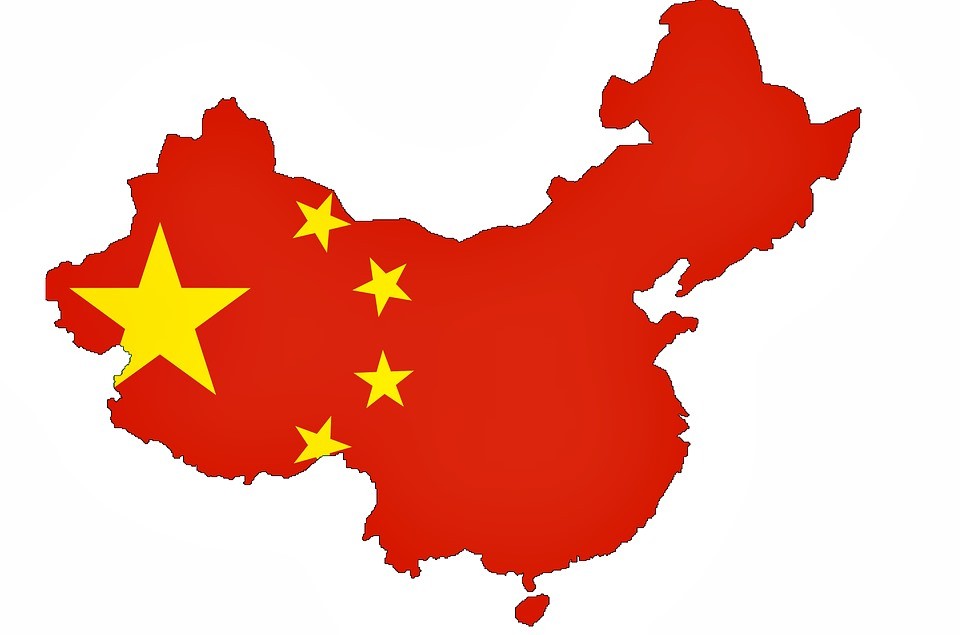Social Media
Is it Legal to Import Brand Name Merchandise From China?

With all the business education you can find today with just the click of a mouse, I am still amazed at some of the unrealistic expectations people have when it comes to product sourcing. Those who have chosen product marketing as a business model are naively under the impression that most wholesale suppliers will be able to provide them with just about any popular retail product, affordable to them at any price. Reality, however, always seems to get in the way of our ideals. Most current, in vogue, branded merchandise usually have restrictions on the way it is distributed. For example, LV Handbags are never sold “wholesale to the public”, or to just anyone who has a resale certificate. And while there are exceptions, you will never see too many “half off” sales of Louis Vuitton Handbags even at the retail level.
In addition, unsold inventory is not passed along to wholesalers or the secondary surplus market. Excess product that is damaged, is sent to their corporate service centers to be repaired. What cannot be sold or repaired is destroyed. In terms of online retail sales, the only web portal that markets LV handbags is Eluxury.com. Moet Hennessey, one of the leading luxury products group owns Eluxury.com as well as the rights to sell a number of additional products under the Louis Vuitton monique. Moet Hennessey also owns most over the counter retail stores that distribute Louis Vuitton merchandise. Not all brands are as restrictive, but some corporate buying policies can still provide barriers to entry in different ways.
Both Nike and Reebok do not confine the sale of their product to wholly owned corporate retail, or online stores. They distribute their brands to retail giants like Footlocker and will supply most independent clothing or sporting goods stores if they have the infrastructure and the funding to meet their monthly, or yearly purchasing minimums. Most small business start-ups do not have the finances to endure the costs of carrying popular branded merchandise. However, a limited amount of Nike and Reebok merchandise can find their way into the secondary surplus and wholesale market. But, that is mostly shoe or sneaker products that maybe one to two years out of style. You will never find current Nike or Reebok sneaker styles being carried by any wholesale distributor.
Despite some of the strict purchasing obstacles that corporations can provide, it does not prevent some people from giving up on the search for the branded merchandise of their choice. Some will try to bypass a company’s wholesale distribution chain or corporate purchasing restrictions by searching for the original equipment manufacturer. Since most popular retail clothing, apparel, sneakers, and electronics are manufactured overseas, the ever-vigilant Entrepreneur will usually turn to importing as means of securing items that have popular retail status here in the United States.
Take for instance Shenzhen, China. In Shenzhen, there is an enclosed shopping mall called Luohu Commercial City. The mall is six stories tall and sells a wide range of items, including handbags, brand name clothes, shoes, audio-visual products, souvenirs, and digital video discs. All can be had for a price that is about half to one third of what you would pay here in the United States. Some DVD’s can be purchased for four Hong Kong dollars, which translates to fifty cents in United States currency.
The biggest problem with all of the merchants selling their wares within this megaplex of retail activity is the undeniable fact that most of it is counterfeit. And, like the never ending parade of fakery that is part of the Luohu retail environment, finding your way to the authentic manufacturer or wholesale distributor of a particular branded item is like searching for the proverbial needle in a haystack.
Paperwork, does not make it authentic! There is a prevailing wisdom among some brand seekers that receiving a certificate of authenticity from a brand name overseas manufacturer will provide assurance that the article is genuine. Supplying paperwork to overseas customers as “proof of purchase” for branded merchandise is basically a fallacy. Any labels, tags, paperwork, or certificates of authenticity that assures the buyer of brand certainty can be faked right along with the product itself. The only individual or businesses that are required to have proof of authenticity, are those who are authorized to resell the branded item, or the original equipment manufacturer (OEM), of the brand in question.
If there is a legal challenge to the authenticity of the product they are selling, then paperwork can be provided to confirm that they are legally sanctioned to sell or manufacture a particular brand name product. To my knowledge, no wholesale supplier of brand name merchandise, either overseas, or in the United States, will offer their customers paperwork stating proof of authenticity. The proliferation of counterfeit items within the People’ Republic is staggering. The replication industry in China, as well as other Asian countries rely on the production of counterfeit merchandise and has become an industrial staple. It is estimated that 8.5 % of the Chinese GNP involves the production of counterfeit merchandise.
In addition, if you are thinking about importing brand name merchandise through online trading forums such as Alibaba.com and EcEurope.com, than I have some less than encouraging news for you. A majority of the trades leads on both forums require extensive research and a working knowledge of the importing business before you ever think about doing business with any of the listed companies. However, I don’t want to be totally negative about trade lead forums. I think that they serve their purpose in terms of finding leads for non-branded general merchandise, manufacturer leads, and industrial equipment purchases. But, I would be very skeptical of anyone who presented themselves as the original wholesaler or manufacturer of American brand name merchandise.
Trying to forge a relationship with someone who claims to have the genuine article can also be a financially dangerous endeavor. Most overseas business to business suppliers require payment in the form of wire transfer or telegraphic transfer (T/T). The purchasing minimum that some suppliers ask for is a shipping container load of merchandise. Wiring cash into an overseas business account can be a recipe for disaster. Once the money leaves your account it is gone forever. If the seller does not deliver, you basically have no legal recourse in terms of getting your money back. The only way to recoup any funds would be for the seller to rewire the cash back into your account. You are basically at the mercy of the supplier.
The bottom line is this. If you want products like Nike Air Jordan, you have to go to Nike and find out how to purchase their products. The same is true with just about any name brand merchandise you want to buy. If you cannot afford a particular product, well, then sell a non-branded item. There are plenty of product niches out there that you can explore. With that being said, I am not the last word when it comes to importing brand name merchandise. Please do your homework and consult the appropriate legal, business and import-export resources.
Social Media
The Phantom Growth of China's Ghost Cities

Bloomberg has a new video series out called "China's Ghost Cities."
The reporter, Adam Johnson, describes how the Chinese government is building massive cities that no one lives in yet. The expectation is that China is going to "grow" into these cities.
A remarkable idea, really. The authoritarian planners in Beijing or where decide it would be good if, say, a million people or more could relocate to a pre-planned area.
Then they build out the infrastructure – or rather the entire metropolis, skyscrapers, stops and all – and wait.
Stop for a moment and ponder how nutty this is. The last time your editor checked, central planning was not a huge success. According to history, bureaucrats wielding directives over long distances tend to allocate resources poorly.
But are ghost cities a recipe for a bust? Some say no. The Bloomberg reporter, for instance, assures us that China's economies are different – that is to say, "it's different this time." (Where have we heard that before …)
It is supposedly OK that these ghost cities, built for millions of refugees, have only tens of thousands of people living in them – because all that deserted square footage will eventually be put to good use.
As a bonus, building ghost cities is great for economic growth.
Via running superhighways out to the middle of nowhere, erecting steel and glass towers in the boondocks, China generates new jobs in construction, civil engineering, city planning and the like. All this construction looks fabulous on paper. The ghostly infrastructure gets counted as productive output, and the super-aggressive GDP target is maintained.
But what is wrong with that picture?
For one, there is the central planning problem. Growth and development are free market forces, with signature marks of trial and error. Successful cities are built from the ground up, not decreed by bureaucrat stamp. So how does the government know where a new metropolis should go, or what its optimal size should be?
Then you have the accounting problems. Should the promise of tomorrow be so read reflected on balance sheets today?
Imagine if a public corporation said, "We are going to grow 20% per year by building idle factories in the middle of nowhere, that no one is going to use for quite some time. will show up. We'll make a profit on them ever. Just do not ask when. "
Such a plan would be brutalized by the market, because public companies are held accountable for profits and return on investment (ROI). (At least most of the time – in bubble times investors will happily suspend their rational faculties.)
The Chinese government, of course, does not have to seek profit in its actions. Or it can measure results in some entirely non-traditional way, via "how many jobs did we create" or "how do the GDP numbers look."
At the end of the day, the "ghost city" mandate is directly channeling John Maynard Keynes, who once suggested digging holes, then filling them up again as a way to put men to work.
China is being more sophisticated. Rather than digging holes, it is putting up buildings. The effect is the same though. "Some day" the empty skyscrapers will have value – if they are not condemned as worn-out structures first – but until then they are just holes.
China bulls are not bothered by the ghost cities for at least three reasons.
First, they have convinced themselves (with more than a bit of faith) that the empty metropoli will one day (sooner rather than later) be full.
Second, they figure China has a lot of money to burn even if the ghost cities do not work out.
And third, as the old saying goes, "a rolling loan growers no loss." As long as the specialized music is playing, the property developers can keep dancing.
The trouble, as always, comes when the music stops. If China turns out to have built, say, 20 years of excess capacity by the time that happens, then hundreds of billions' worth of stagnant projects will have to be written off.
Tougher still is the idea that China's "economic miracle" is actually a heavily leveraged bet on mercantilism … propped up by runaway construction … with the tail end of the boom pushed recklessly from pie-in-the-sky projections for future growth.
That is another favorite tactic of investment manias: Along with the empire of forever skyward growth curves, mortgaging tomorrow (and borrowing against it) for the sake of today.
Even if China can write checks to cover the write-off costs of all those cities, there is a big multiple built in to the global economy right now on the assumption that China growth is the real deal. When it sinks in that much of growth is actually "ghost" or "phantom" growth – in keeping with these empty monuments to now – the collapse of that multiple could hurt.
Social Media
The Chinese Water Lantern Festival

The Chinese have designed and crafted lanterns that can float in water and glide in the air. Though sky lanterns were initially crafted as a device, to send signals, today they are used as decorative articles. Water Lanterns in Chinese festivals have its own importance.
There is an interesting story to the History of Chinese lanterns. It was believed that these lanterns, both the sky lanterns and the Water lanterns used in Chinese festivals were initially created out of necessity rather than artifacts for decorations. The Chinese have a history of inventing several new things and also leading the way in several new technologies. But, initially, the Chinese did not have access to or the knowhow to make a vital building material – Glass. Hence they did not have glass lanterns or glass windows. On the other hand, they had the skill of making paper. The paper industry in china was so advanced that it could produce paper that was very thin, to let light pass through it. They could also add beautiful colors and embellishments to the paper. Thus was born, the world’s first source of portable light – the lantern.
These lanterns were then gradually adapted to float in water and glide in the sky. Such was the skill of the Chinese craftsmen that these lanterns were used for lighting public places, homes and even battlefields. There is a story of a military strategist Zhuge Liang, having used paper lanterns to help the army march by night and attack by the day.
Over time, this battlefield beacon turned into an epitome of hope and wellbeing and festivity. The origin of the Lantern festival can be dated back to the Han Dynasty. During this time, the city is decorated with lanterns that are beautifully crafted in different shapes and sizes and then displayed with wishes or riddles written on them.
Water lanterns in Chinese festivals like the Moon Festival are a major tourist attraction. People from all over the world come to witness this event. On this day children and adults make or buy Water lanterns and write wishes on them. They then set these lanterns afloat in the water under the moonlight and watch them float away.
Water Lanterns in Chinese Festivals alongside other lanterns are used to light up the way to guide the spirit of their ancestors to come and bless them. Even today this tradition is followed, and people decorate their homes and public places to welcome their ancestors.
Health
Keemun Black Tea From China – Caffeine Content, Health Benefits, And Other Properties

Keemun is a type of Chinese black tea, originating in Qimen county of Anhui Province, China. This article gives an overview of the caffeine content, health benefits, and other properties of Keemun.
Keemun is primarily produced in Anhui province, but teas in this style have also begun to be produced in nearby Hubei, as well as in Jiangxi, and even in Taiwan. Keemun is usually described as having an earthy aroma, and its overall character is quite different from Indian and Ceylon teas. My personal perspective is that Keemun has a richer, warmer quality, often reminiscent of dried fruit, and in higher grades, a pleasing hint of wood or wood smoke. These teas are rich and full-bodied, and are among my favorite black teas.
Caffeine content:
Although you may be looking for more concrete information, it is hard to generalize about the caffeine content of Keemun. Even though it originates primarily in one region and shares certain aspects of production, Keemun is fairly diverse, coming in different grades. As a general rule though, Keemun is often in the moderate to high end of caffeine content, among teas, which means that it still has considerably less caffeine than a typical cup of coffee. Keemun has historically been used in breakfast blends, where strongly caffeinated teas were desired
Health benefits:
Keemun has actually been the subject of direct scientific study., in association with weight loss in animal studies. There is only a small amount of research referring specifically to this variety of tea, however, so most of what can be said about Keemun must be inferred from general studies about black tea.
Although green tea has a stronger association with supposed “health benefits” in the public consciousness in the United States, this association may be skewed by historical factors. Much of the early research on tea and health was conducted in Japan, where tea is synonymous with green tea. Subsequent research has found substantial evidence that black tea is healthy as well. In the absence of more reserach specifically looking at Keemun, it seems reasonable to conclude that Keemun is likely to have a similar amonut of health benefits to black tea.
Locating high-quality Keemun:
My recommendation, if you want to buy the best Keemun, is to buy exclusively loose-leaf. My experience is that the best Keemun is usually sold by companies that specialize in Chinese tea. Because they store relatively well, Chinese black teas, even those of considerably high quality, tend to be relatively inexpensive, with all but the highest grades (Keemun Hao Ya A and B, and Keemun Mao Feng) costing well under $10 for about 1/4 pound or about 100-125 grams. A few companies, including Rishi Tea, Arbor Teas, and Little Red Cup, sell fair trade certified Keemun, produced in Hubei, Anhui, and Jiangxi provinces, respectively.












